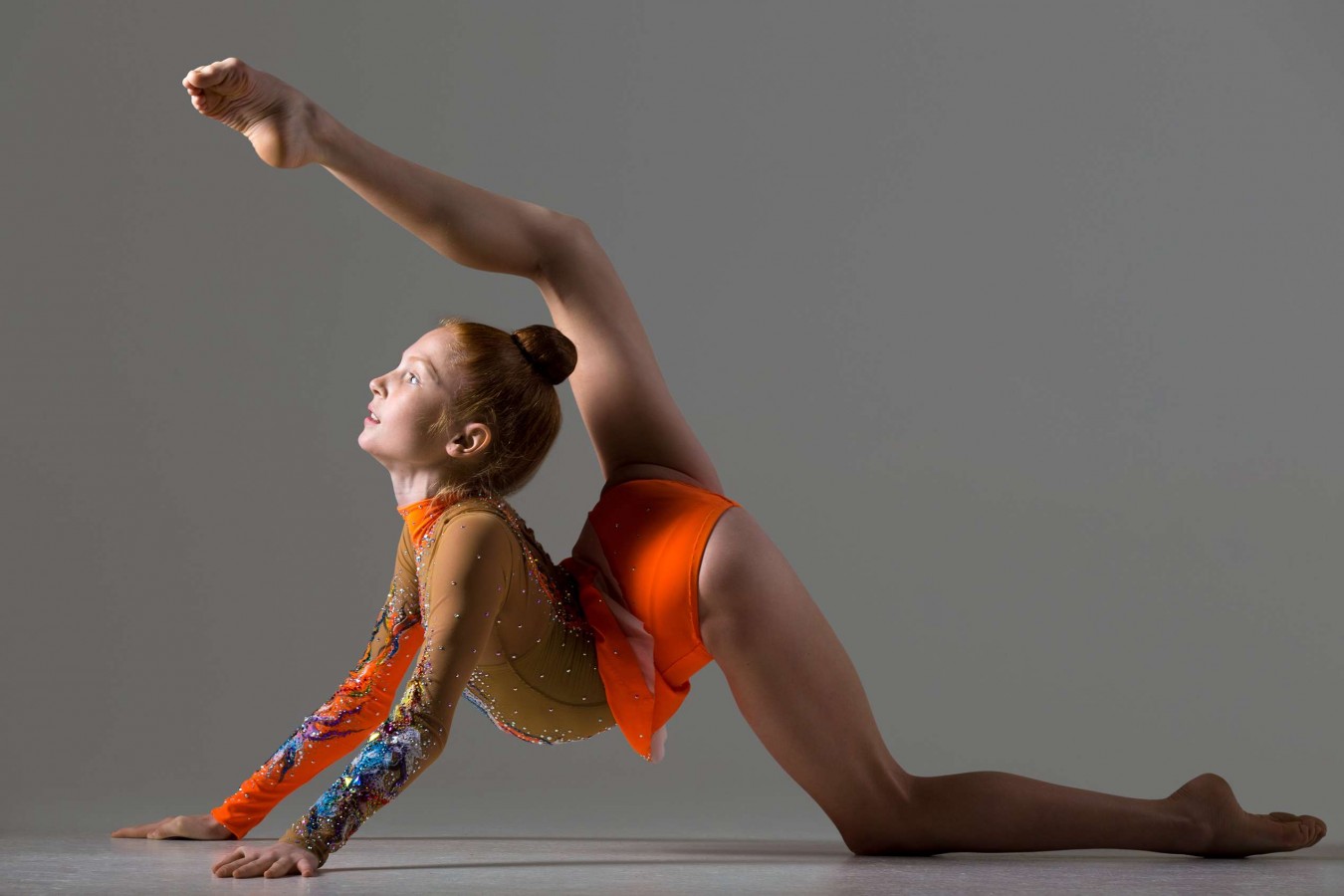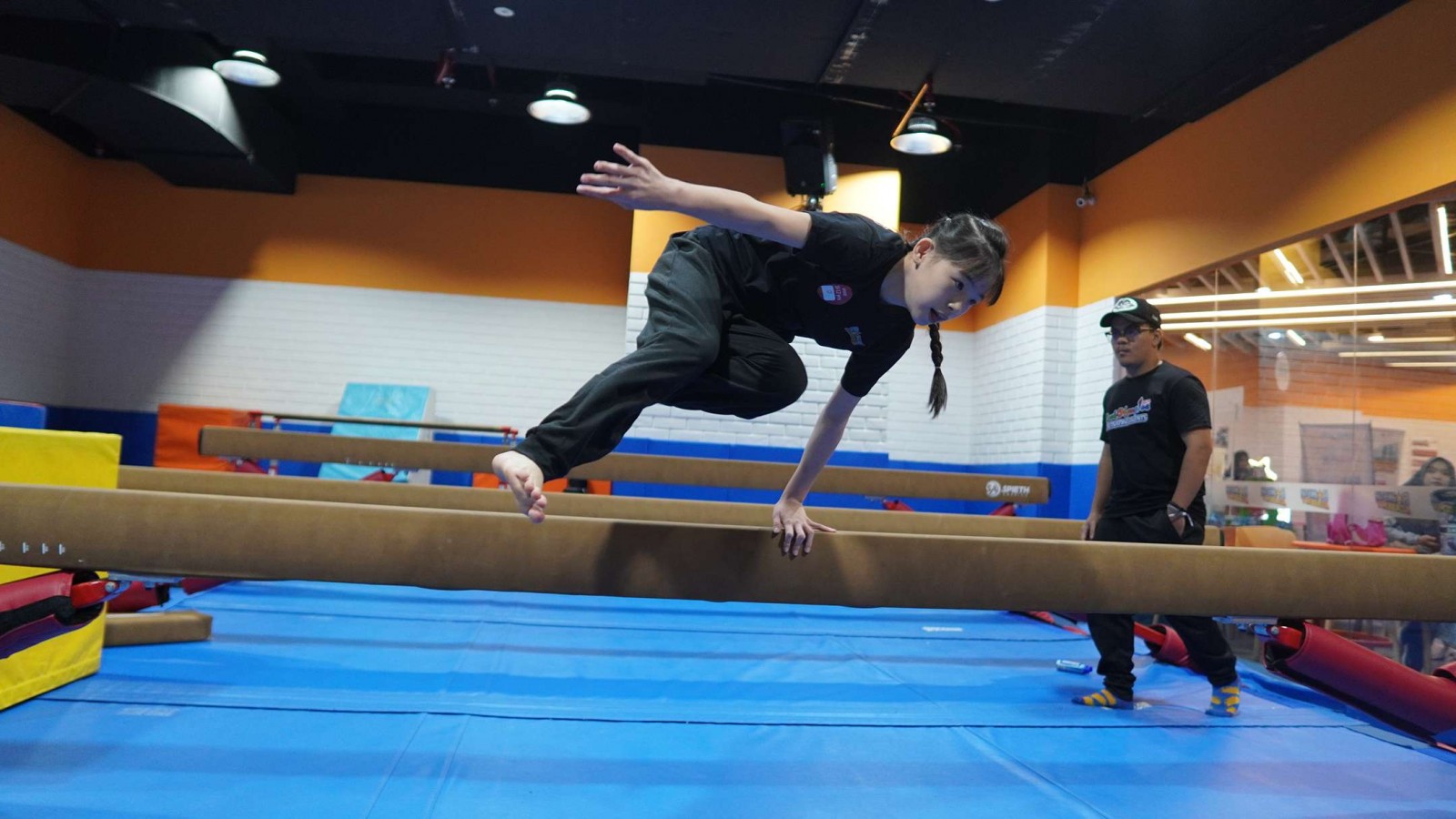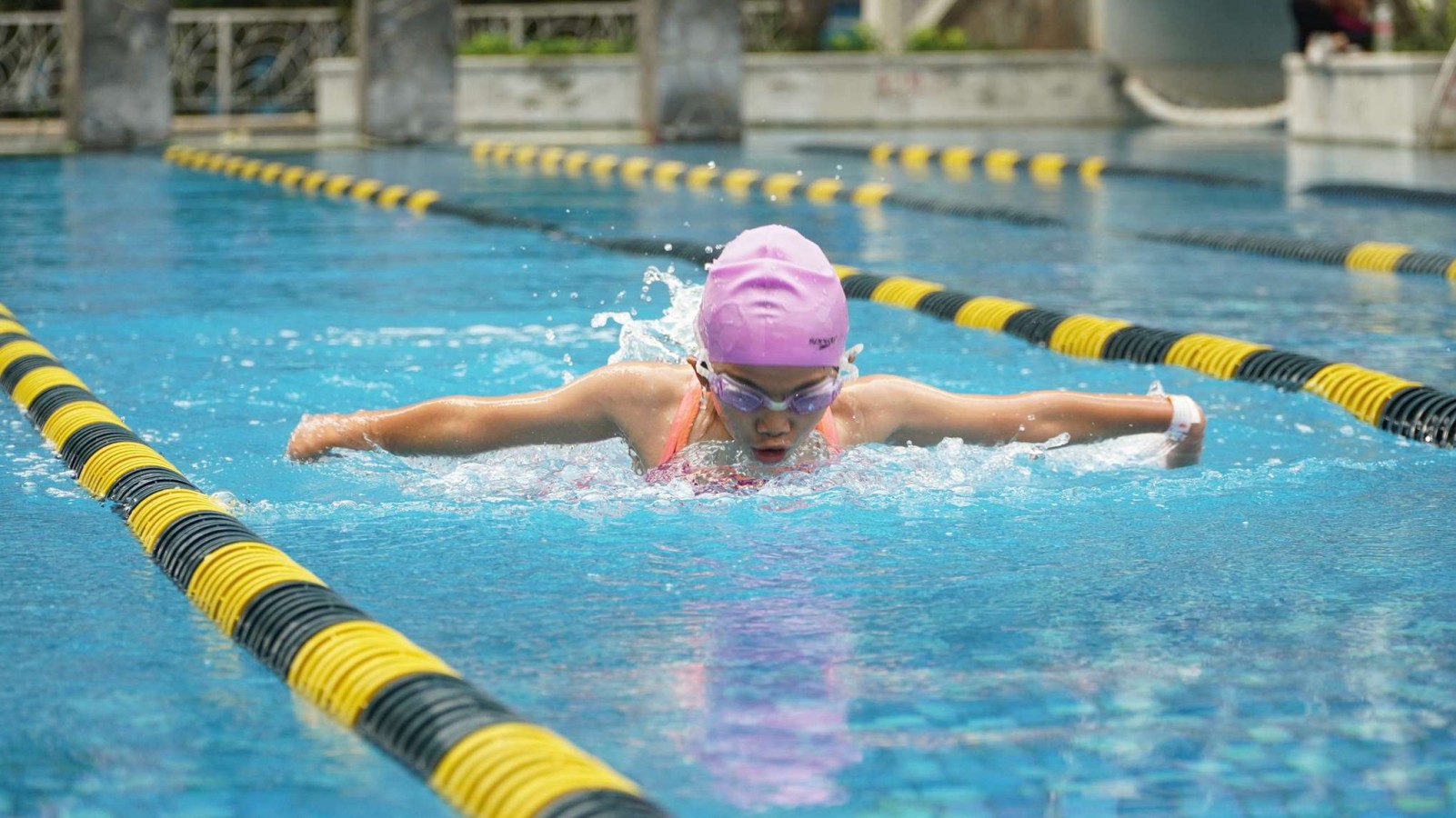What is Artistic Gymnastics and How is it Different from Regular Gymnastics

In the current era, artistic gymnastics continues to thrive as a dynamic and captivating sport that captivates audiences worldwide. With advancements in training techniques, technology, and athletic performance, the level of athleticism and artistry displayed by gymnasts has reached unprecedented heights.
In this article, we delve into the captivating world of artistic gymnastics, exploring its history, rules, moves, and differences from regular gymnastics.
Introduction to Artistic Gymnastics
Artistic gymnastics is a breathtaking sport that showcases athletes' agility, strength, and artistry through a series of intricate movements performed on various apparatuses. It is an Olympic sport that demands precision, strength, and flexibility from its participants.
The purpose of artistic gymnastics is to foster a harmonious blend of athleticism, artistry, and personal growth. Through rigorous training and dedication, gymnasts strive to master a diverse range of skills across various apparatus.
Artistic gymnastics also provides a platform for athletes to express themselves artistically while competing at various levels, from local meets to international stages like the Olympics.
History of Artistic Gymnastics
The roots of artistic gymnastics can be traced back to ancient Greece, where it was practiced for physical fitness and entertainment. However, modern artistic gymnastics as we know it today emerged in the 19th century, primarily in Europe.
Gymnastics pioneers such as Friedrich Ludwig Jahn and Johann Christoph Friedrich GutsMuths played significant roles in shaping the sport's early development.
Artistic gymnastics gained international recognition during the 20th century, with the establishment of governing bodies like the International Gymnastics Federation (FIG) and the inclusion of gymnastics in the Olympic Games. Since then, artistic gymnastics has evolved into a highly competitive and awe-inspiring sport, captivating audiences worldwide.
Differences Between Artistic Gymnastics and Regular Gymnastics
The term "regular gymnastics" is often used interchangeably with artistic gymnastics, but it is essential to clarify the distinction between the two. Artistic gymnastics focuses on performing routines on various apparatuses, emphasizing strength, flexibility, and artistic expression.
On the other hand, regular gymnastics encompasses a broader spectrum of activities that promote physical fitness and motor skills development. It includes recreational gymnastics, which caters to individuals of all ages and skill levels, as well as competitive gymnastics in various forms, such as rhythmic gymnastics, trampoline gymnastics, and acrobatic gymnastics.
While artistic gymnastics is characterized by its emphasis on structured routines and apparatus work, regular gymnastics encompasses a diverse range of activities tailored to different interests and abilities.
Rules of Artistic Gymnastics
Artistic gymnastics, like all sports, operates within its own set of rules and regulations that athletes must adhere to in order to participate in competitions. These guidelines are established by the International Federation of Gymnastics (FIG) and encompass several key points:
- The minimum age requirement for gymnasts is 16 years old.
- The traditional Perfect 10 scoring system has been replaced with a more flexible scoring system.
- Men's and women's competitions are conducted separately; there are no mixed events.
- Final scores are determined based on the difficulty of the routine and its execution.
- The difficulty score ("D") starts at 0.0 and increases with the performance of more challenging skills.
- Execution ("E") is initially scored at 10.0, with deductions applied for performance errors.
- Deductions range from minor errors (0.1) to serious errors (0.4 to 1.0), with a 0.5 deduction for falling off an apparatus.
- Gymnasts have only one attempt on each apparatus, except in cases of external interruptions.
- Bandages or leather grips are permitted to enhance friction on the apparatus.
- During scoring, the highest and lowest marks are disregarded, and an average score is calculated from the remaining scores.
- Spotters, or assistants, may stand by certain apparatus to prevent injury, but a 0.4 deduction is applied if assistance is needed.
- Spotters are permitted to aid gymnasts in mounting the still rings and horizontal bars.
- Gymnasts may face penalties for behavior deemed unsporting by judges.
- Permission is required for gymnasts to leave the arena during a competition.
Iconic Moves of Artistic Gymnastics
Artistic gymnastics showcases an impressive array of moves that demonstrate the agility, strength, and artistry of gymnasts. Here are several iconic moves commonly performed in artistic gymnastics:
1. Back Handspring
The back handspring is a fundamental tumbling skill where the gymnast springs backward, landing on their hands before propelling themselves back to an upright position. It requires explosive power, coordination, and precise timing to execute seamlessly.
2. Aerial
An aerial, also known as a cartwheel without hands, is a dynamic movement where the gymnast rotates sideways in the air while maintaining a straight body position. It demands exceptional balance, flexibility, and spatial awareness to perform with grace and control.
3. Front Aerial
The front aerial is a forward-facing version of the aerial, where the gymnast performs a cartwheel without hands moving forward. It requires tremendous strength, core stability, and precision to execute the movement without losing momentum or balance.
4. Back Tuck
The back tuck is a backward rotation in the air performed from a standing position. Gymnasts tuck their knees to their chest while rotating backward, landing in an upright position. It necessitates explosive power, air awareness, and precise timing to achieve a high, controlled rotation.
5. Split Leap
The split leap is a dynamic jumping movement where the gymnast leaps into the air, extending one leg forward and the other leg backward in a split position. It requires flexibility, strength, and coordination to achieve maximum height and extension while maintaining proper form.
6. Release and Catch on Bars
In the uneven bars event, gymnasts perform daring releases, where they release their grip on the bars, perform airborne rotations or flips, and regrasp the bars.
Release moves showcase the gymnast's courage, timing, and precision as they navigate through intricate transitions and connections.
7. Yurchenko Vault
The Yurchenko vault is a dynamic vaulting technique where gymnasts perform a round-off onto the springboard, followed by a back handspring onto the vaulting table, and then executing a salto (aerial somersault) off the table.
It requires explosive power, speed, and precision to generate height and distance while maintaining form and control during the entire sequence.
Interested in Artistic Gymnastics?
As the sport continues to captivate audiences worldwide, more and more youngsters are drawn to the dynamic and exhilarating world of gymnastics. With accessible training programs, artistic gymnastics offers a compelling avenue for young children to explore their physical potential, foster discipline, and unleash their creativity.
For parents considering enrolling their children in gymnastics programs to enhance their skills and foster holistic development, Rockstar Academy emerges as an exemplary choice. As a leading Sports & Performing Arts Academy, Rockstar Academy offers a diverse array of physical activity programs, including comprehensive gymnastics programs.
With a curriculum designed to nurture talent and foster excellence, their gymnastics programs provide avenues for participation in Gymnastics Testing. The objective of Gymnastics Testing is to evaluate skills and techniques, facilitating the progression of students to the subsequent levels within the USA Gymnastics Program.
In addition, Rockstar Academy also provides Gymnastics Elite Championships—an esteemed platform for individual and team competition held every term.
Through these initiatives, Rockstar Academy not only promotes higher standards of achievement but also instills values of discipline, sportsmanship, and resilience. Moreover, they extend a generous offer of a free trial class to anyone interested in exploring the world of gymnastics.
If you're keen to embark on this enriching journey, be sure to reach out to Rockstar Academy and unlock the boundless potential of gymnastics for your child's growth and development.
FAQ
What age is suitable to start artistic gymnastics?
While there is no specific age requirement, many gymnasts start training at a young age, typically between 5 and 8 years old, to develop foundational skills and flexibility.
Is artistic gymnastics only for females?
No, artistic gymnastics is open to both males and females. Each gender competes in separate events tailored to their physiological differences and strengths.
What are the benefits of practicing artistic gymnastics?
Artistic gymnastics offers numerous benefits, including improved strength, flexibility, coordination, balance, and discipline. It also fosters mental resilience, perseverance, and self-confidence.
How long does it take to master artistic gymnastics?
Mastery of artistic gymnastics requires years of dedicated training, consistent practice, and commitment. Progress varies depending on individual talent, dedication, and coaching.
Can anyone become an artistic gymnast?
While artistic gymnastics demands physical prowess and dedication, individuals of all ages and backgrounds can participate and enjoy the sport. It is essential to find a supportive environment and qualified coaches to guide the journey.



